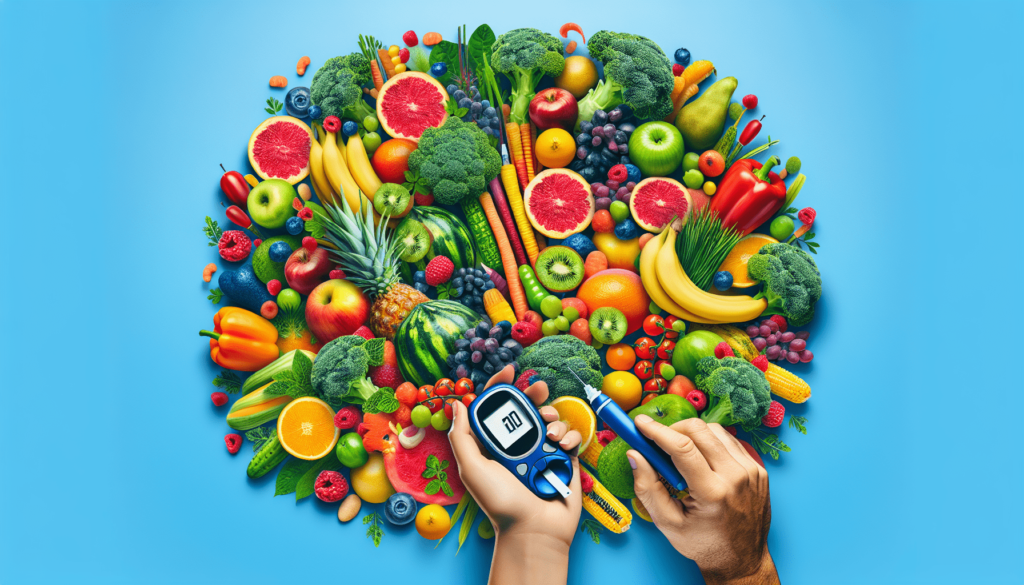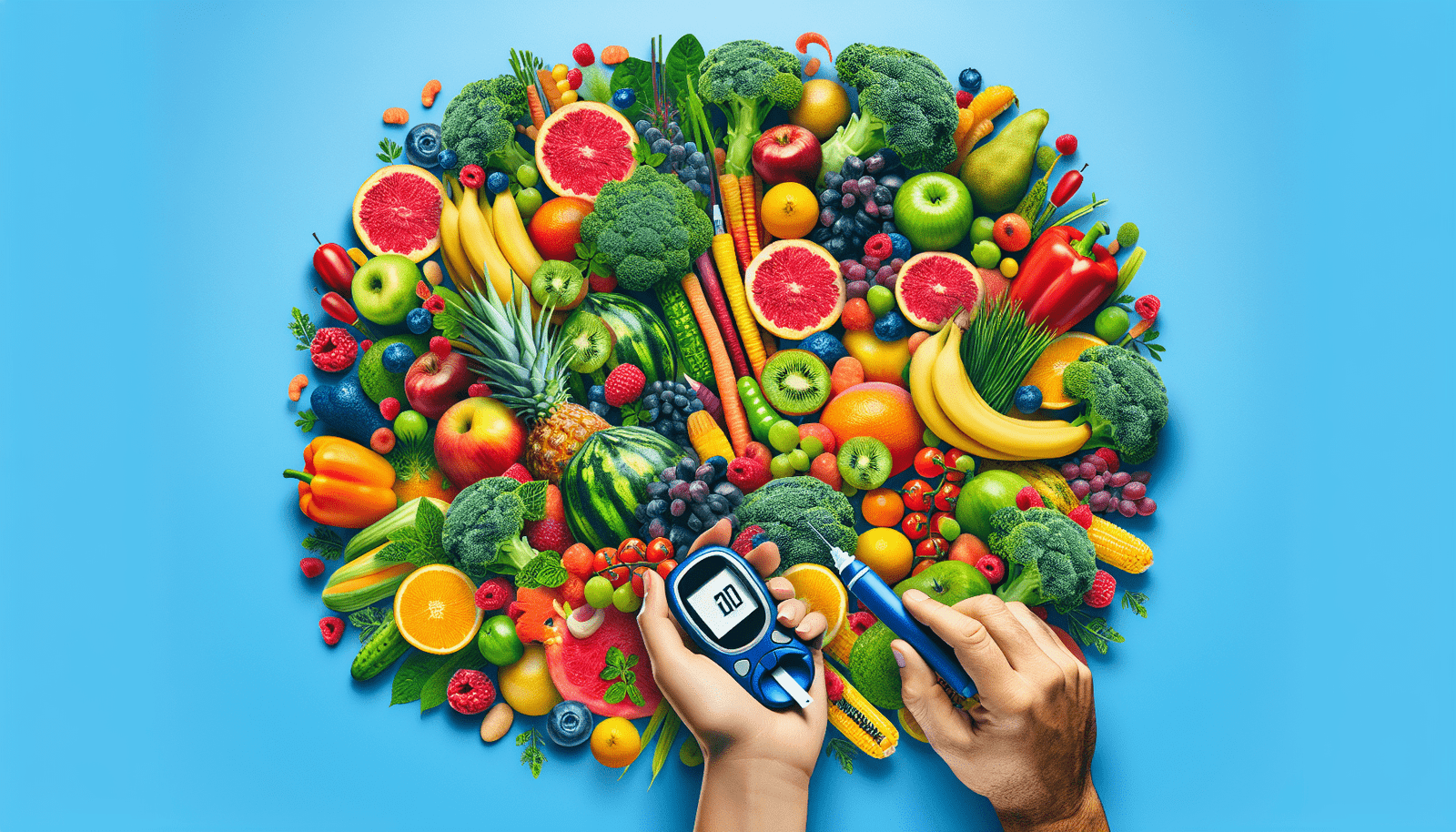Raw Food Diet And Diabetes
Have you ever wondered how a raw food diet could potentially benefit individuals with diabetes? In this article, we will explore the relationship between a raw food diet and diabetes and how it can impact blood sugar levels, insulin sensitivity, and overall health.

What is a Raw Food Diet?
A raw food diet consists of eating foods that have not been cooked or processed above 118°F (48°C). This means primarily consuming fruits, vegetables, nuts, seeds, and sprouted grains. The idea behind a raw food diet is that cooking food above a certain temperature destroys vital nutrients and enzymes that are beneficial for health.
A raw food diet is rich in fiber, vitamins, minerals, and antioxidants, all of which are essential for managing diabetes effectively. By focusing on whole, unprocessed foods, individuals can support better blood sugar control and overall health.
Benefits of a Raw Food Diet for Diabetes
Switching to a raw food diet can offer several benefits for individuals with diabetes. Here are some of the key advantages:
-
Improved Blood Sugar Control: Raw foods like fruits and vegetables have a low glycemic index, meaning they have a minimal impact on blood sugar levels. This can help stabilize blood sugar and prevent spikes and crashes throughout the day.
-
Weight Management: A raw food diet is naturally low in calories and high in fiber, making it an excellent choice for weight management. Maintaining a healthy weight is crucial for individuals with diabetes to improve insulin sensitivity and reduce the risk of complications.
-
Increased Nutrient Intake: Raw foods are packed with essential nutrients like vitamins, minerals, and antioxidants, which are beneficial for overall health. These nutrients can help improve energy levels, support immune function, and reduce inflammation in the body.
Potential Drawbacks of a Raw Food Diet for Diabetes
While a raw food diet can be beneficial for individuals with diabetes, there are some potential drawbacks to consider:
-
Nutrient Deficiencies: A raw food diet may lack certain nutrients like vitamin B12, iron, and omega-3 fatty acids, which are typically found in animal products. It’s essential for individuals following a raw food diet to ensure they are getting an adequate intake of these nutrients through supplements or fortified foods.
-
Digestive Issues: Some individuals may experience digestive issues when transitioning to a raw food diet, such as bloating, gas, or diarrhea. This can be due to the increased fiber content in raw foods. It’s essential to gradually introduce raw foods into your diet to allow your digestive system to adjust.
-
Social Challenges: Following a raw food diet can be challenging in social settings or when dining out, as many restaurants do not offer raw food options. It’s important to plan ahead and communicate your dietary needs to ensure you have suitable choices available.
Tips for Incorporating Raw Foods into Your Diet
If you’re considering incorporating more raw foods into your diet to support your diabetes management, here are some tips to help you get started:
-
Start Slowly: Transitioning to a raw food diet can be overwhelming, so start by incorporating one raw meal or snack per day and gradually increase your intake over time.
-
Experiment with Recipes: There are countless delicious raw food recipes available online that can help you incorporate more raw foods into your diet. Try experimenting with smoothie bowls, salads, raw soups, and raw desserts to keep your meals exciting and satisfying.
-
Stay Hydrated: Raw foods are naturally hydrating, but it’s essential to drink plenty of water throughout the day to stay hydrated, especially if you’re consuming a high-fiber diet.

Sample Raw Food Meal Plan for Diabetes
Here is a sample raw food meal plan to give you an idea of what a day of eating raw foods might look like:
| Meal | Food Choices |
|---|---|
| Breakfast | Green smoothie with spinach, banana, almond milk, and chia seeds |
| Fresh fruit salad with berries, kiwi, and coconut flakes | |
| Lunch | Raw zucchini noodles with marinara sauce and cherry tomatoes |
| Mixed green salad with avocado, cucumber, and pumpkin seeds | |
| Dinner | Raw tacos with walnut “meat,” lettuce wraps, salsa, and guacamole |
| Cauliflower rice with veggies and a side of raw sauerkraut | |
| Snacks | Raw energy balls made with dates, nuts, and cocoa powder |
| Sliced veggies with hummus or almond butter |
Final Thoughts
In conclusion, a raw food diet can have many benefits for individuals with diabetes, including improved blood sugar control, weight management, and increased nutrient intake. However, it’s essential to be mindful of potential drawbacks like nutrient deficiencies, digestive issues, and social challenges.
If you’re considering transitioning to a raw food diet to support your diabetes management, start slowly, experiment with recipes, and stay hydrated throughout the day. Remember that everyone’s dietary needs are unique, so it’s essential to listen to your body and adjust your diet accordingly.
By incorporating more raw foods into your diet and working closely with your healthcare team, you can support your diabetes management and overall health in a holistic and sustainable way.


